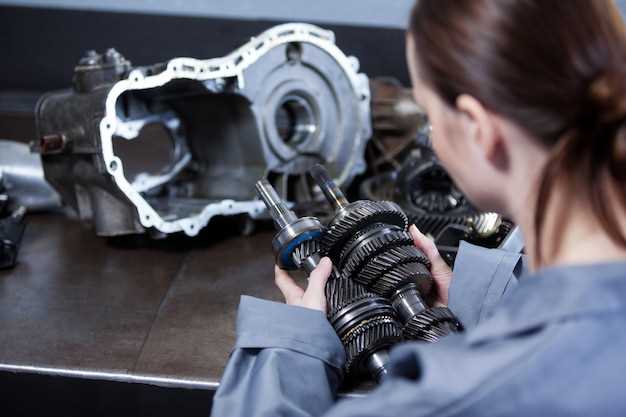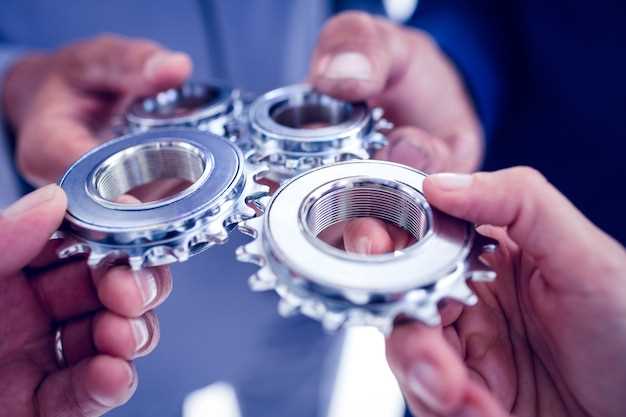
Choosing between OEM (Original Equipment Manufacturer) and aftermarket car parts can be a critical decision for vehicle owners looking to maintain or repair their cars. Understanding the key differences between these two categories of parts is essential for making informed choices that can impact vehicle performance, safety, and overall cost. Both options have their unique advantages and drawbacks, which can significantly influence your vehicle maintenance strategy.
OEM parts are designed and manufactured by the original vehicle manufacturer, ensuring that they meet the exact specifications and quality standards set during production. This means that they often provide a perfect fit and performance that matches the original components. However, these parts typically come with a higher price tag due to brand recognition and the assurance of quality.
On the other hand, aftermarket parts are produced by third-party companies and can vary widely in quality and price. While some aftermarket products are designed to meet or exceed OEM standards, others may fall short. This variability requires consumers to do their homework when considering aftermarket options, as the potential for savings needs to be weighed against the risk of compromised quality.
Ultimately, the choice between OEM and aftermarket parts can come down to personal preferences and priorities. Whether you prioritize authenticity, performance, or cost-effectiveness, understanding these key insights will equip you with the knowledge necessary to make the best decision for your vehicle.
Understanding the Cost Differences between OEM and Aftermarket Parts
When considering vehicle repairs or upgrades, one of the most significant factors to examine is the cost associated with OEM (Original Equipment Manufacturer) and aftermarket parts. OEM parts are made by the vehicle’s manufacturer, ensuring they meet specific standards and quality controls. As a result, these parts typically come with a higher price tag due to the brand value and assurance of compatibility.
In contrast, aftermarket parts are produced by third-party manufacturers and often offer a broader range of pricing options. These parts may be less expensive than OEM alternatives, which can make them appealing to budget-conscious consumers. The price variability in aftermarket parts also arises from the diverse quality levels, as some aftermarket products may range from high-quality offerings comparable to OEM to low-quality options that may not perform as well.
It’s essential to consider the long-term implications of choosing between these two types of parts. While aftermarket parts may save money initially, they might necessitate more frequent replacements or repairs if they do not meet performance expectations. In some cases, investing in OEM parts could yield better reliability and ultimately save money over time by reducing maintenance needs. Therefore, understanding the cost differences between OEM and aftermarket parts goes beyond the initial purchase price, requiring a thorough evaluation of quality, durability, and potential long-term savings.
Evaluating Quality: How to Choose Between OEM and Aftermarket Options

When it comes to replacing car parts, the decision between OEM and aftermarket options can significantly impact your vehicle’s performance and longevity. Understanding the quality differences is crucial in making an informed choice.
OEM (Original Equipment Manufacturer) parts are made by the vehicle’s manufacturer or its authorized supplier. These parts are designed to meet specific quality standards set by the manufacturer. They often come with a warranty, ensuring reliability and compatibility. However, they can be more expensive compared to aftermarket alternatives.
On the other hand, aftermarket parts are produced by third-party manufacturers. These parts may vary widely in quality. Some aftermarket options can surpass OEM in performance, while others may fall short, raising concerns about durability and compatibility. It’s essential to research the reputation of the aftermarket brand before making a purchase.
When evaluating quality, consider the following factors:
- Material Quality: OEM parts are often made from superior materials that match the original specs, while aftermarket parts may utilize cheaper materials, affecting their longevity.
- Fit and Compatibility: OEM parts are designed to fit perfectly within your vehicle, whereas aftermarket options might require modifications.
- Warranty and Support: OEM parts typically come with comprehensive warranties, whereas some aftermarket parts might offer limited or no warranties.
- Reviews and Brand Reputation: Investigate reviews and feedback on aftermarket brands to gauge the experiences of other consumers.
Ultimately, the choice between OEM and aftermarket parts boils down to your budget, quality expectations, and the specific needs of your vehicle. Balancing cost and reliability will help ensure that you choose the right parts for your automotive repairs.
Impact on Warranty: What Installation of Aftermarket Parts Means for Your Vehicle

The installation of aftermarket parts can significantly affect your vehicle’s warranty. Most OEM (Original Equipment Manufacturer) warranties specify that any unauthorized modifications or replacements can lead to a voiding of coverage. This means if an issue arises after the installation of aftermarket components, the manufacturer may refuse to cover repairs under warranty.
However, the Magnuson-Moss Warranty Act provides some protections to consumers. This law states that a manufacturer cannot deny warranty coverage solely because aftermarket parts were used, unless they can prove that the aftermarket part caused the damage. This places the burden of proof on the manufacturer rather than the consumer.
It’s essential to consider the quality and compatibility of aftermarket parts before installation. High-quality aftermarket components may not negatively impact your warranty, while lower-quality options can lead to potential issues, thus jeopardizing warranty coverage. Always ensure that the parts meet the necessary specifications and adhere to relevant safety standards.
Furthermore, documenting any installations and maintaining records of service can help strengthen your position if a warranty dispute arises. Clear communication with your dealer about the use of aftermarket parts can also clarify how they may affect your vehicle’s warranty status.
In summary, the impact of aftermarket parts on warranty coverage is a critical aspect for vehicle owners to understand. Weighing the potential risks and benefits will help make informed decisions regarding modifications to your vehicle.
